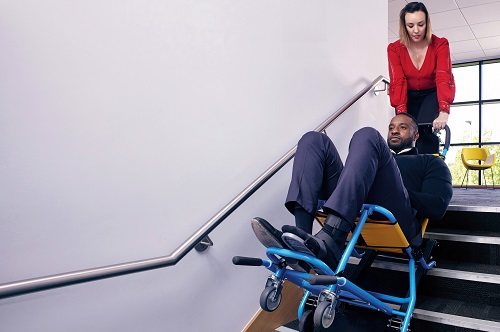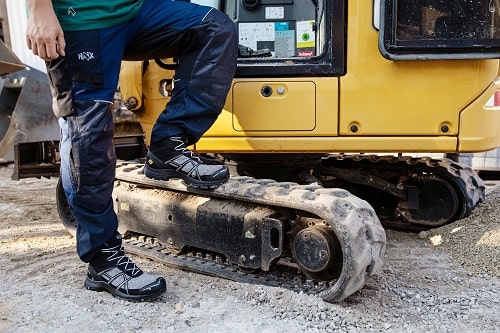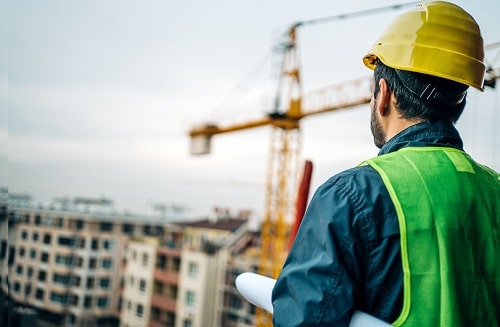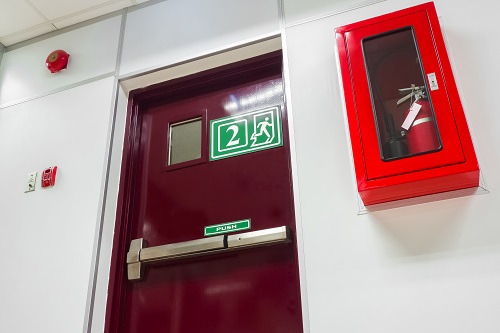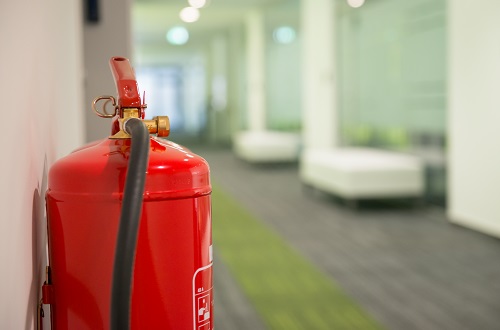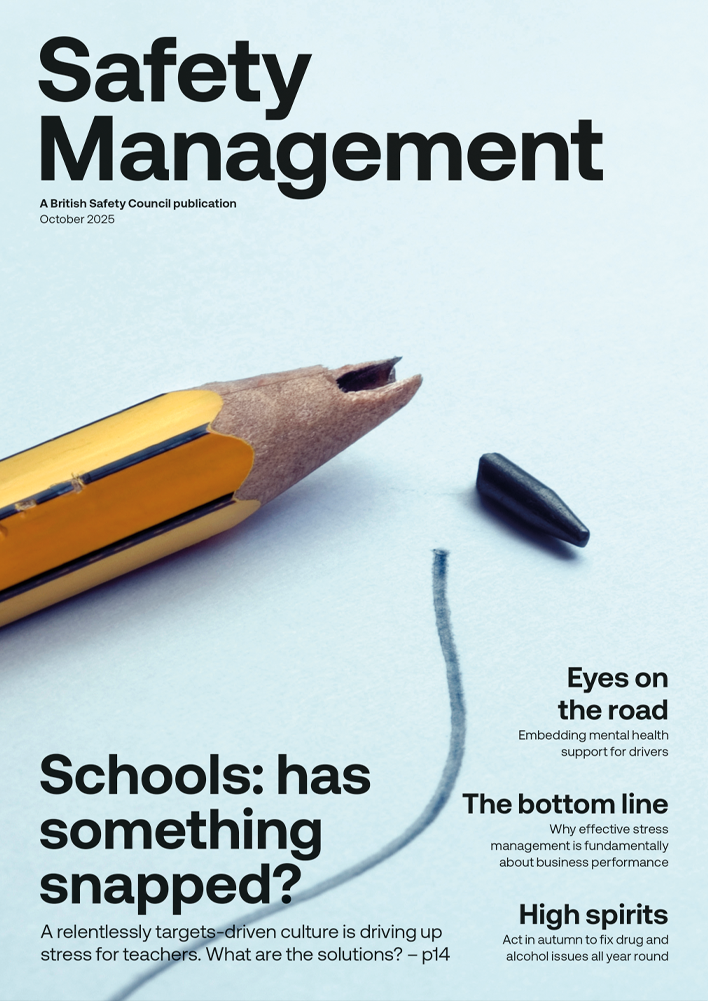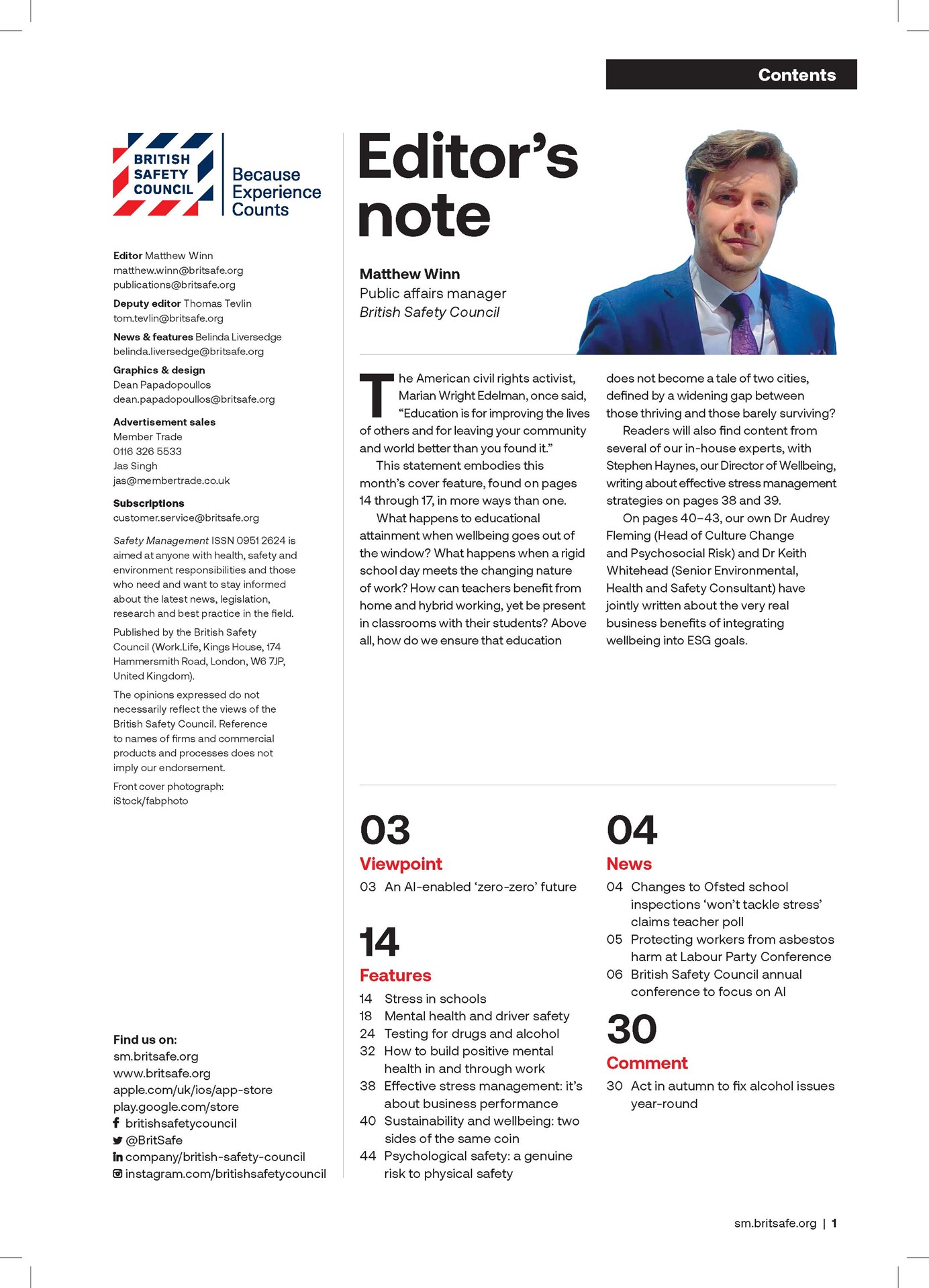“I’m not prepared to sit back and assume everybody’s fine”
Director of health and safety at the Canal & River Trust, Anne Gardner-Aston, shares what she’s most proud of achieving in the past four years since taking on a new role in the wake of a turbulent moment in the charity’s history.
By Belinda Liversedge on 02 December 2025









